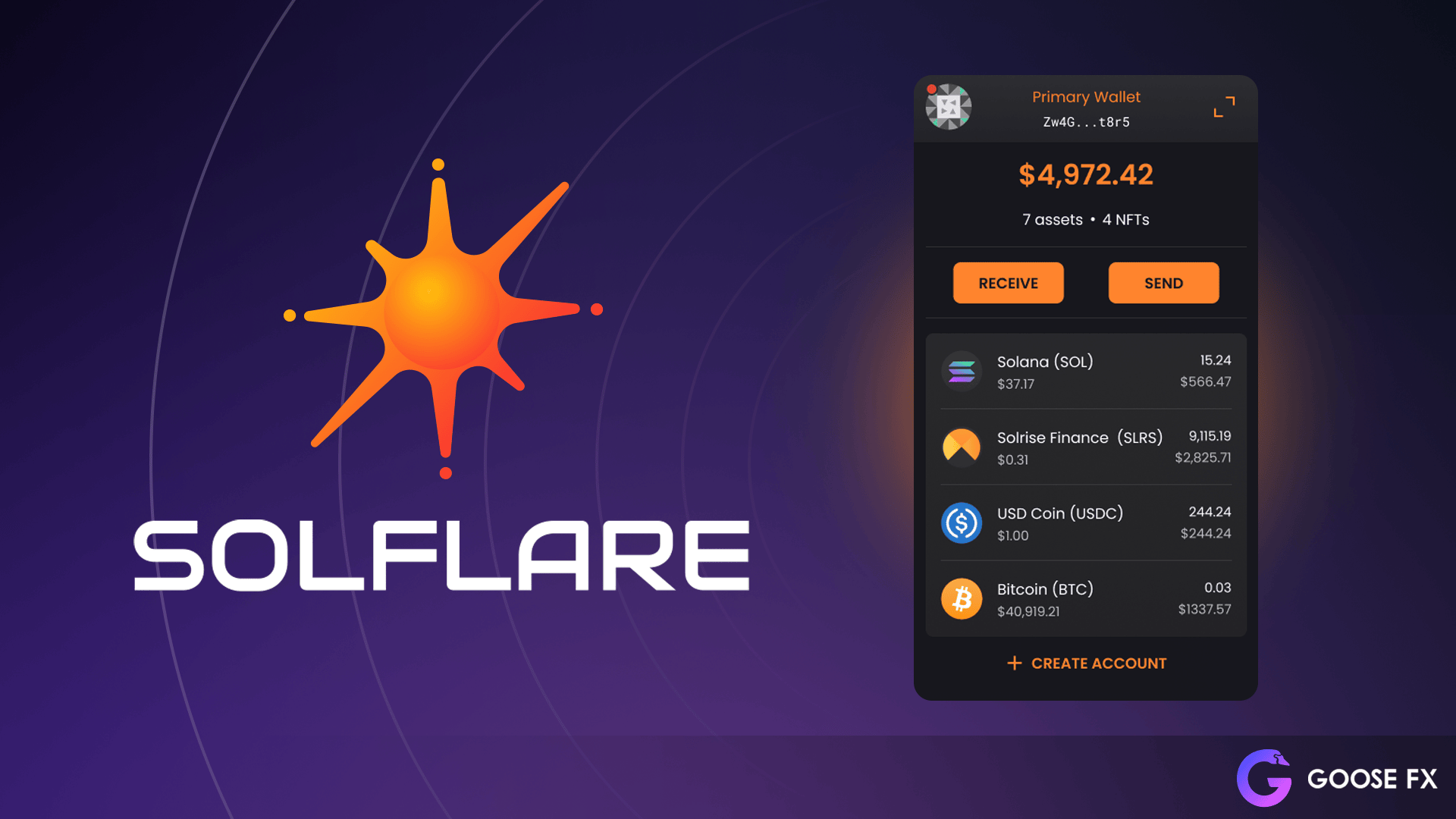Okay, so check this out—choosing a Solana validator isn’t just about picking the one with the fanciest website or the biggest stake. Whoa! I thought it was straightforward at first, but it actually gets kinda nuanced. Validators matter because they secure the network and, honestly, your staking rewards hinge on their performance. Something felt off about blindly trusting the top-listed ones. I mean, what if they have downtime or sketchy practices?
Initially, I figured staking was just about locking up tokens and waiting for a paycheck. But then I realized, on one hand, uptime and commission rates are critical. Though actually, reputation and community trust might be even more important. It’s a bit like choosing a financial advisor, except your money is code running on a blockchain, not in a bank.
Here’s the thing. Some validators run their nodes on bare-metal hardware, while others rely on cloud providers. The first feels more secure to me—less attack surface. But then again, cloud-based validators often boast better scalability. It’s a trade-off, definitely. And, yeah, I’m biased towards decentralization, so I lean towards validators that emphasize transparency and open-source tooling.
Speaking of security, hardware wallets are a must in this space. Seriously? If you’re staking or managing NFTs, you don’t want your private keys just chilling on a hot wallet or exchange. My instinct said, “Get a Ledger or a Trezor,” but with Solana’s ecosystem, integration can be hit or miss.
But wait—there’s more. The way wallets like Solflare handle hardware integration can make or break your user experience. I’ve been messing around with Solflare lately, and the hardware wallet connection is surprisingly smooth. If you haven’t tried it yet, the solflare download is worth a shot—it just feels solid and user-friendly.
NFTs on Solana? Man, that’s a wild ride. At first glance, managing NFTs seemed like just storing images or collectibles in your wallet. But actually, it’s way more layered. NFTs carry metadata, royalties, and sometimes even unlockable content. The wallet you use needs to handle all that seamlessly.
What bugs me about some wallets is how clunky their NFT interfaces are. You’re supposed to showcase your digital art or assets, but half the time, it looks like a jumbled mess. Solflare’s NFT management, on the other hand, strikes a nice balance between simplicity and power, at least in my experience. You can view, send, and even stake NFTs with relative ease. Oh, and by the way, it supports hardware wallets too, which gives me peace of mind.
Back to validators—did you know some offer community voting on parameters or even slashing protection? That was news to me. At first, I thought validators just ran nodes and collected fees. Nope, some actively engage with delegators, which adds a layer of governance that’s pretty cool. It’s almost like being part of a club where your voice can influence operations.
Yet, I have to admit, it’s not always easy to verify these claims. Some validators hype themselves up, but digging into their actual on-chain performance stats takes patience. I use tools like Solana Beach or Solscan to cross-check uptime and commission history, but that’s a bit of a chore if you’re new.
Another curveball—staking with hardware wallets can sometimes be less straightforward than software wallets. Even though the security benefit is huge, the UX can feel clunky. My first try was frustrating; I had to jump through multiple hoops to authorize transactions. But, with Solflare, that friction was much reduced. Seriously, if you want a smooth combo of staking and hardware security, it’s a game-changer.

So, if you’re diving into Solana’s staking and NFT world, I’d say start by downloading the solflare download and pairing it with a hardware wallet. It’s not perfect, but the security and user experience blend is better than most options I’ve tried.
Now, here’s a thought I keep circling back to: decentralization versus convenience. Validators that make staking super easy often centralize control. On the flip side, hyper-secure validators might complicate the process. Personally, I’m willing to accept a bit more complexity if it means supporting the network’s health.
And what about NFT management evolving? It seems like wallets are just scratching the surface. I imagine a future where NFT interaction is not only about ownership but also dynamic utility—staking your NFTs for yield or accessing exclusive content. Solflare’s roadmap hints at some of these features, which is exciting.
Honestly, I’m not 100% sure how all these layers will settle. The ecosystem is moving fast, and sometimes I feel like I’m catching up in real-time. But this interplay of validator choice, hardware wallet security, and NFT management is exactly what makes Solana fascinating to me. It’s like the Wild West meets Wall Street, with a dash of art gallery thrown in.
Common Questions About Solana Wallets, Validators, and NFTs
Why is validator selection so critical for staking on Solana?
Because validators secure the network and affect your staking rewards. Their uptime, commission, and reputation directly impact how much you earn and the network’s health.
Can I use hardware wallets with Solflare?
Yes! Solflare supports hardware wallets like Ledger, enhancing security by keeping your private keys offline while allowing seamless staking and NFT management.
How does Solflare handle NFT management?
Solflare provides an intuitive interface to view, send, and stake NFTs, including handling metadata and royalties, making it a solid choice for Solana NFT collectors.
